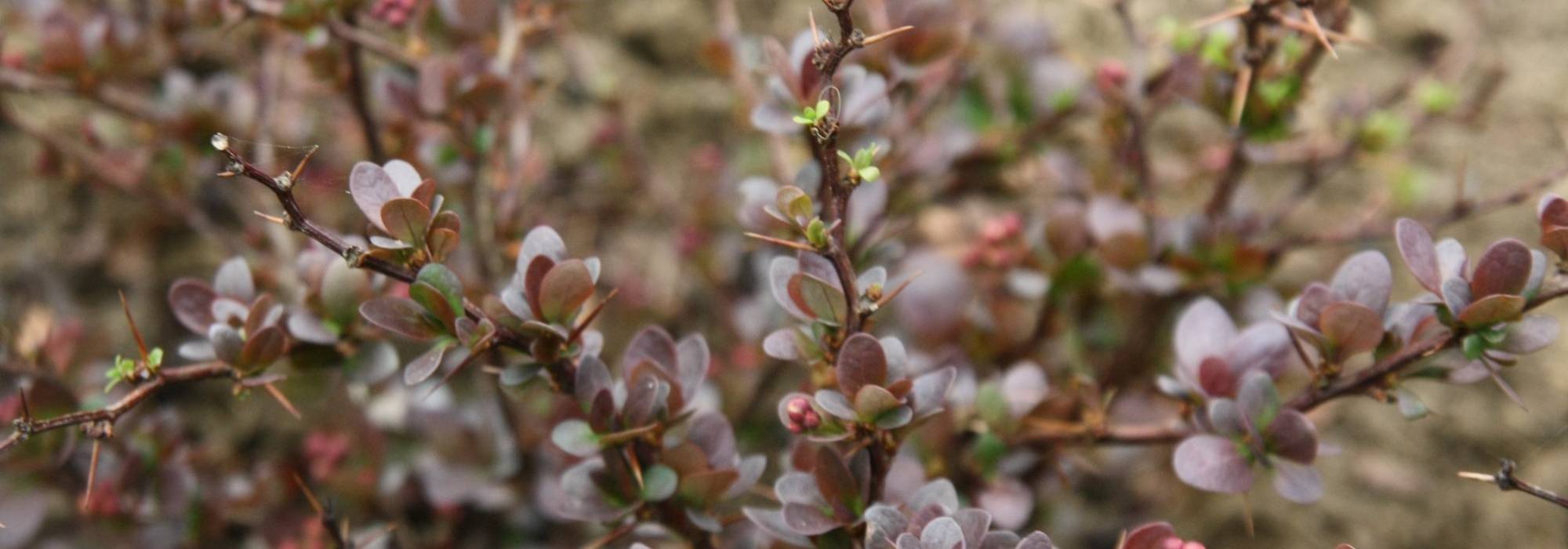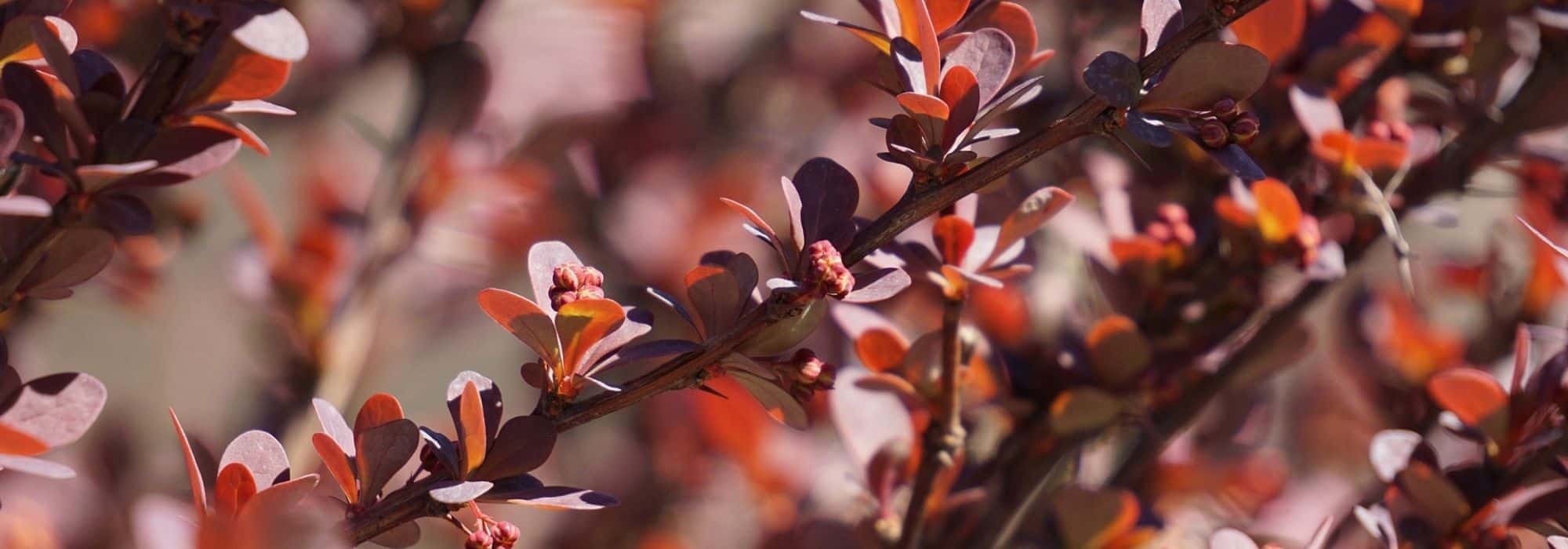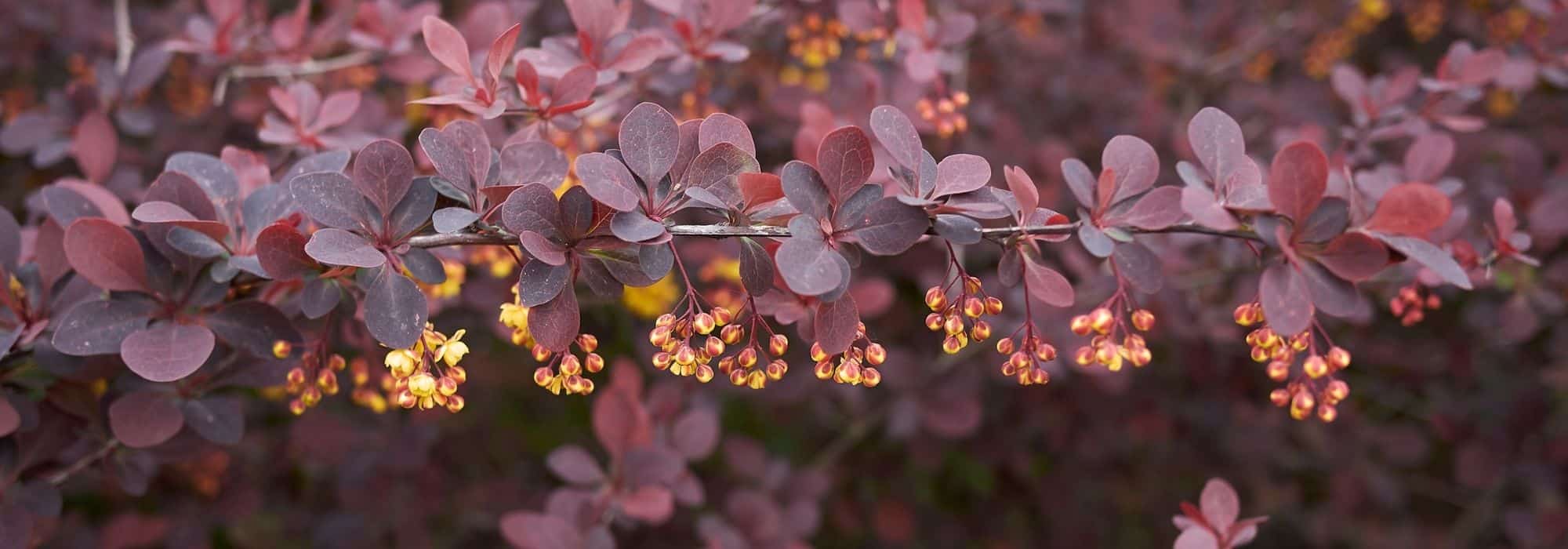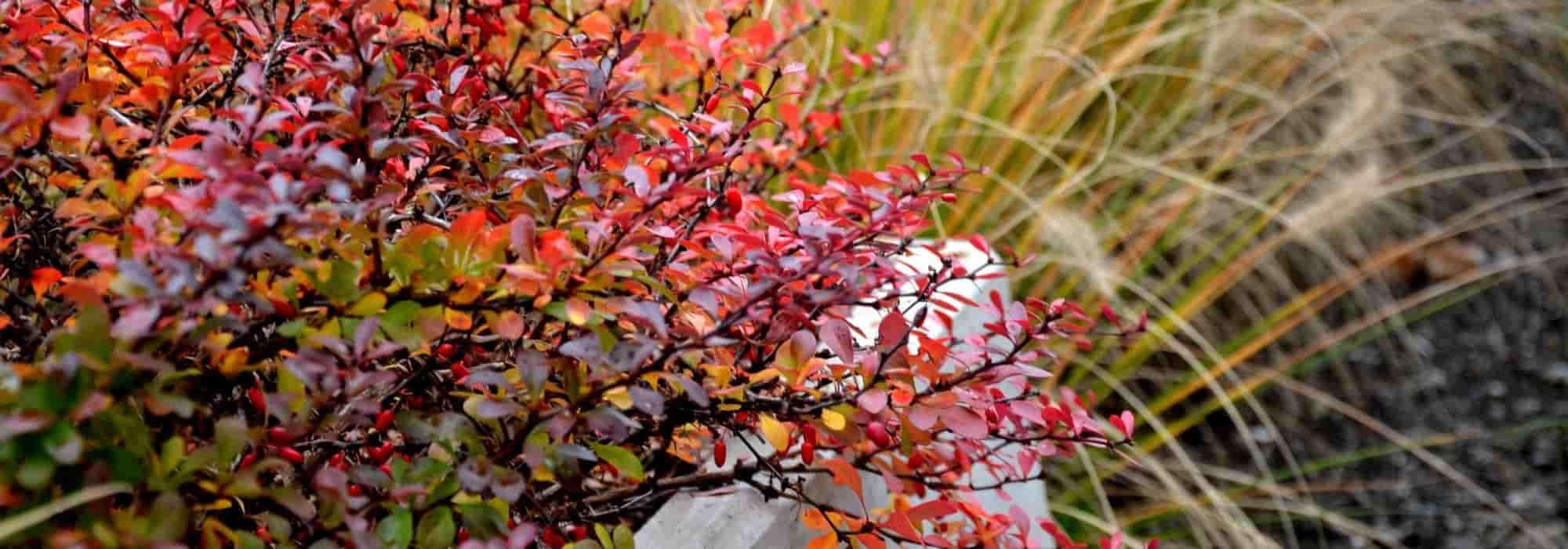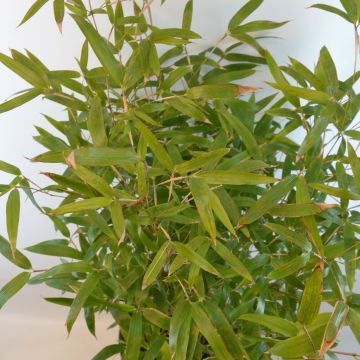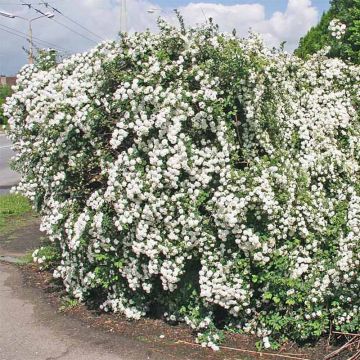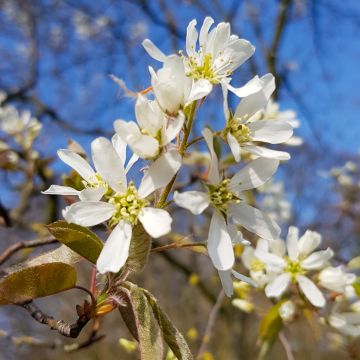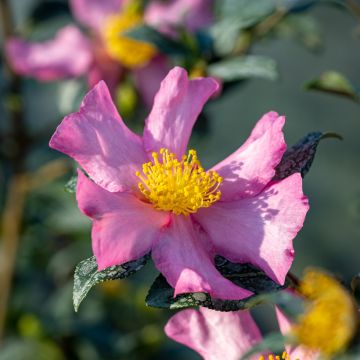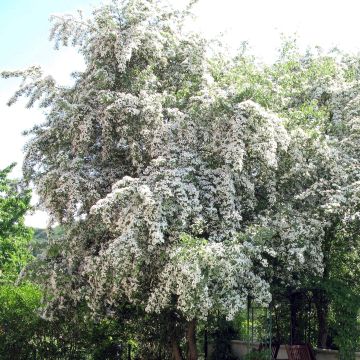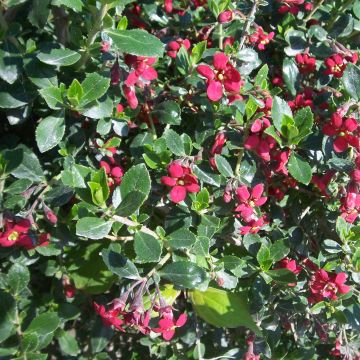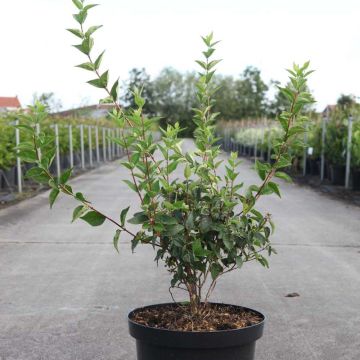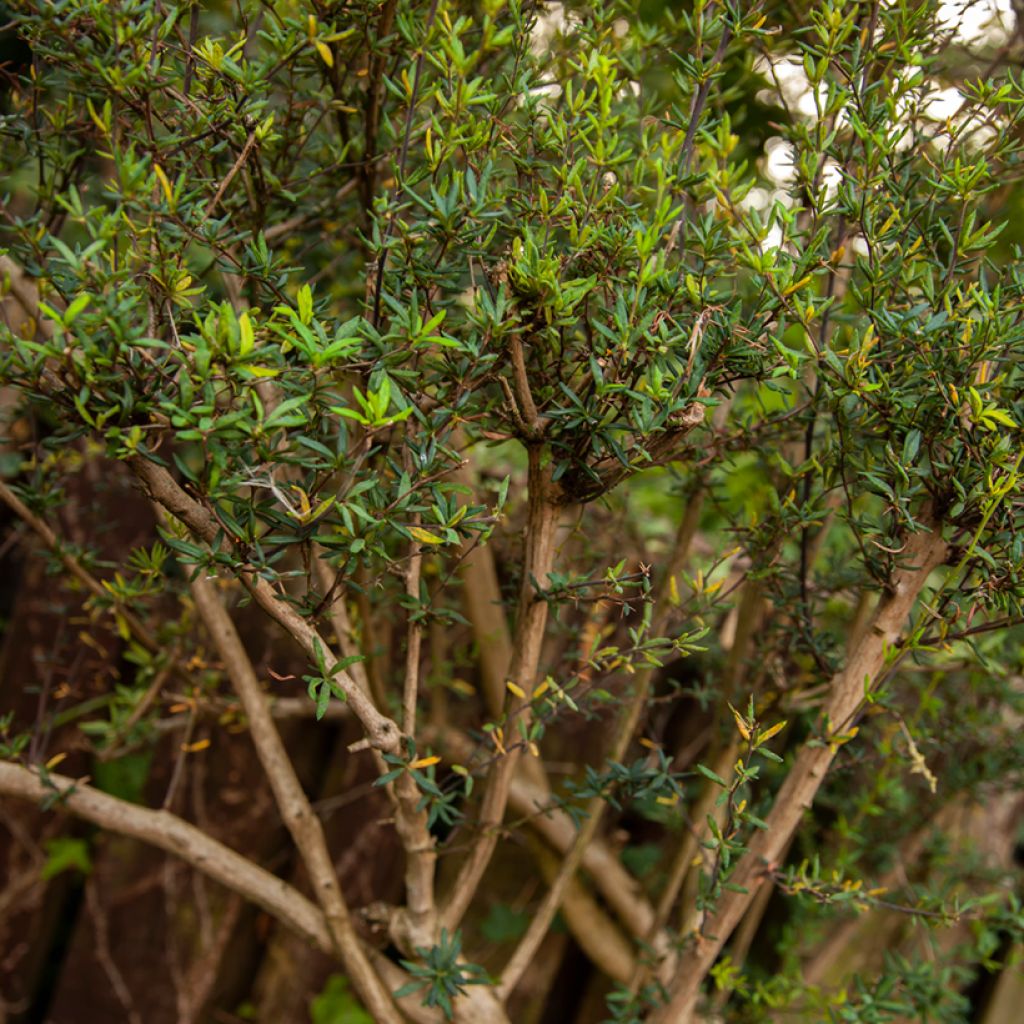

Berberis x stenophylla - Barberry
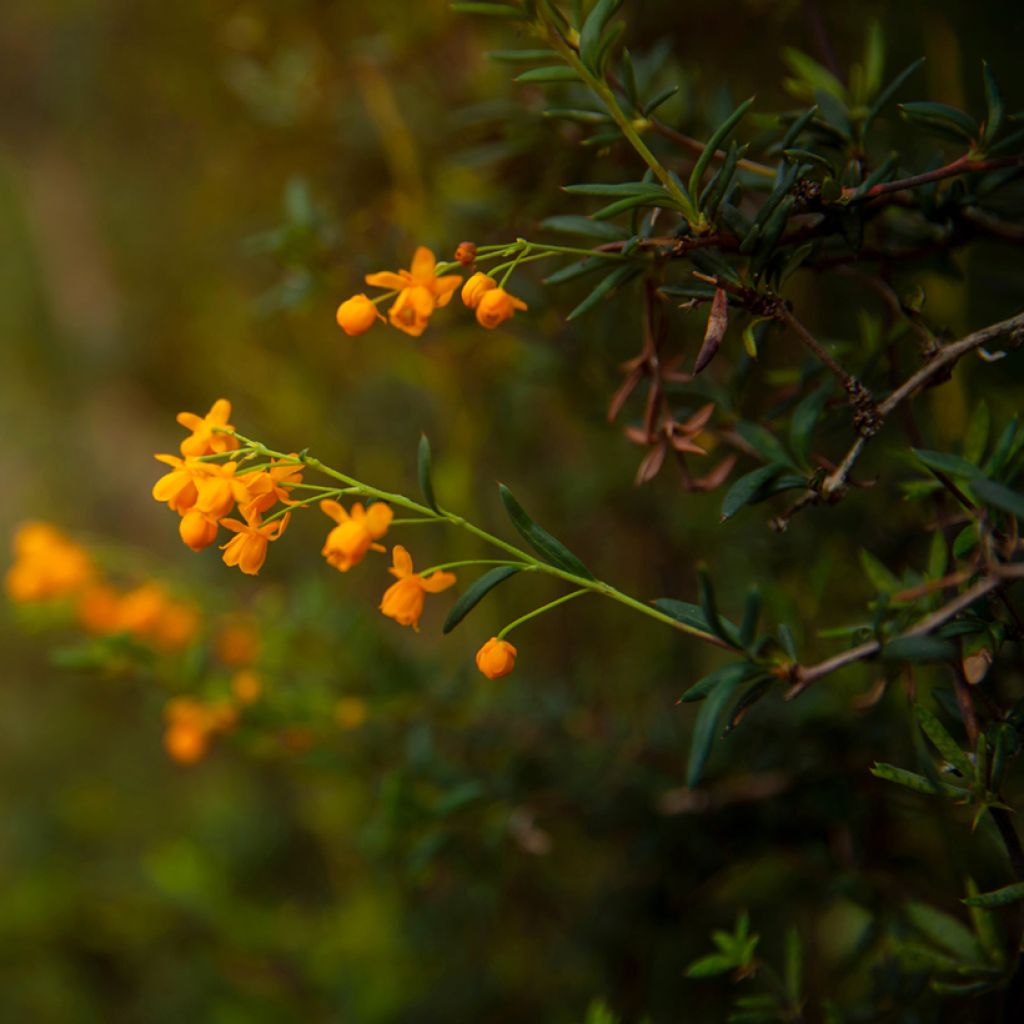

Berberis x stenophylla - Barberry
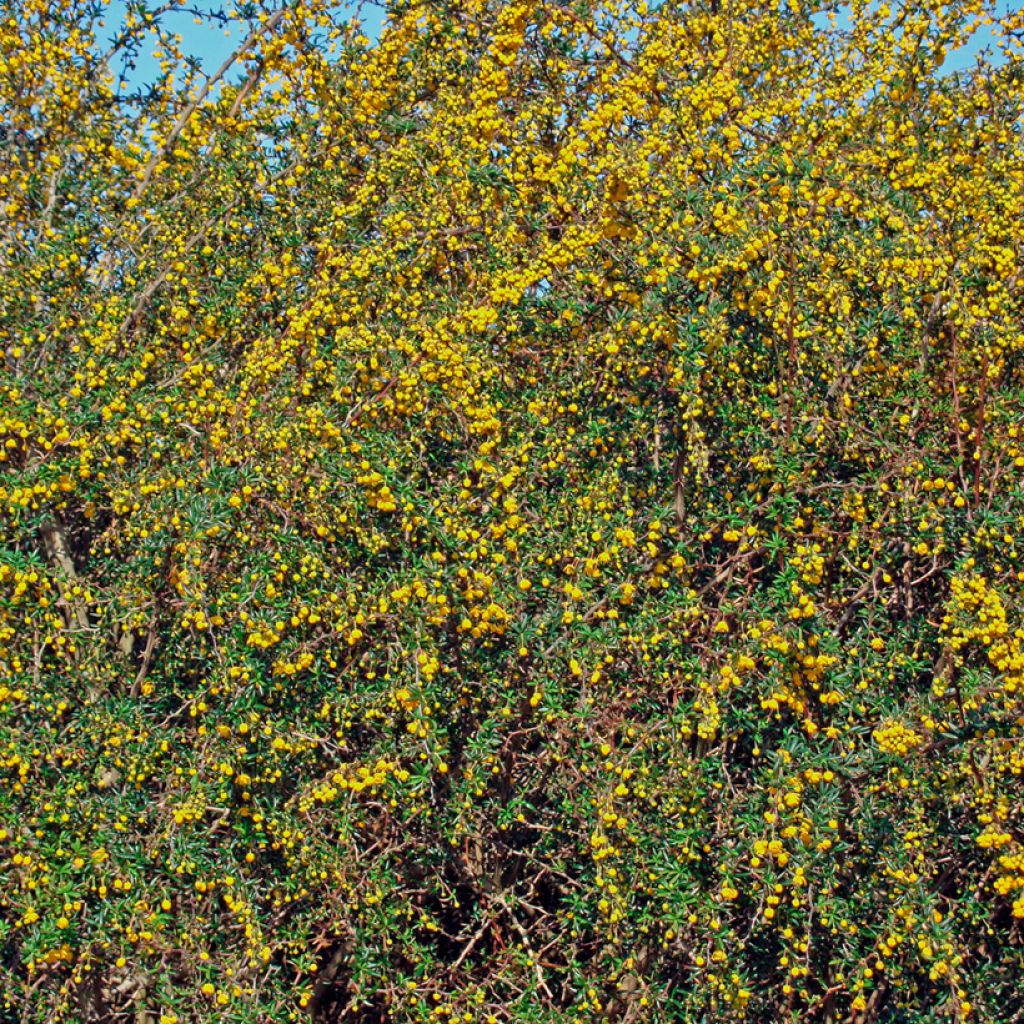

Berberis x stenophylla - Barberry
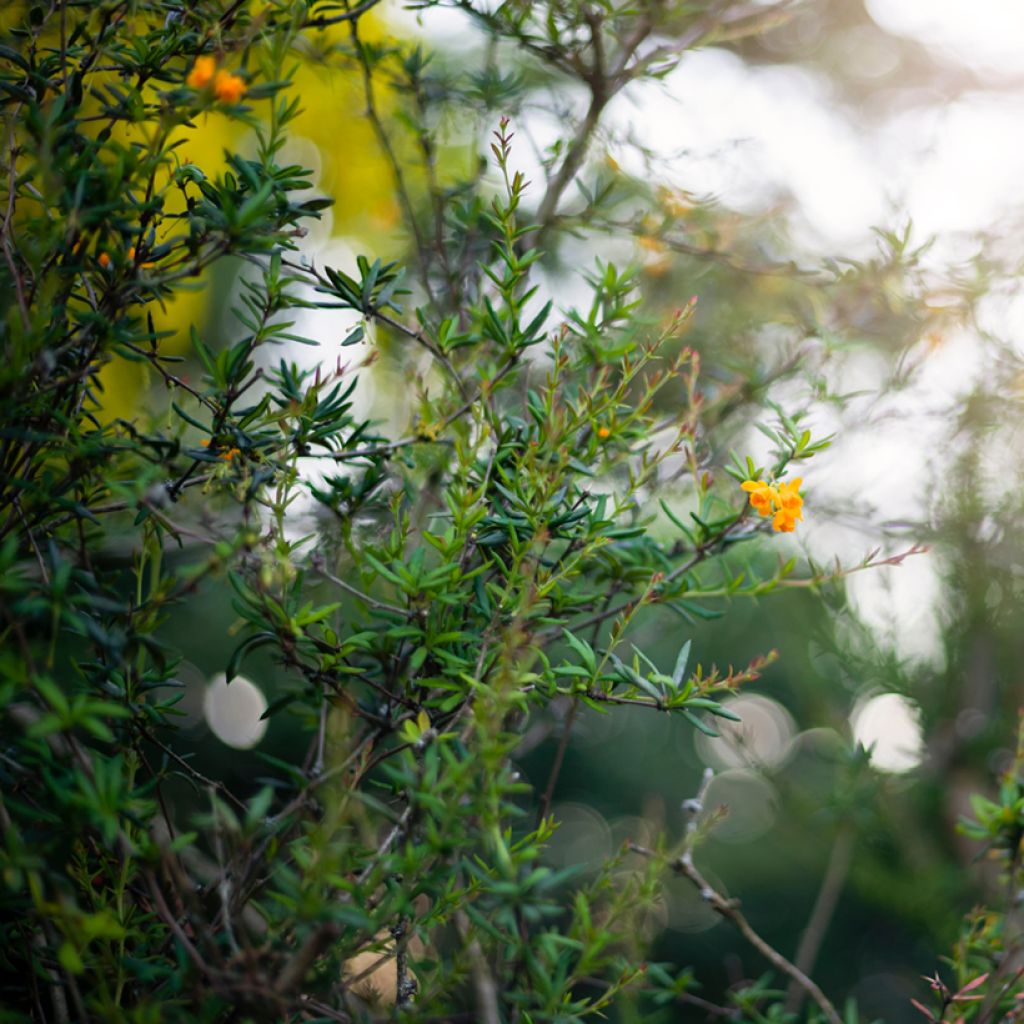

Berberis x stenophylla - Barberry
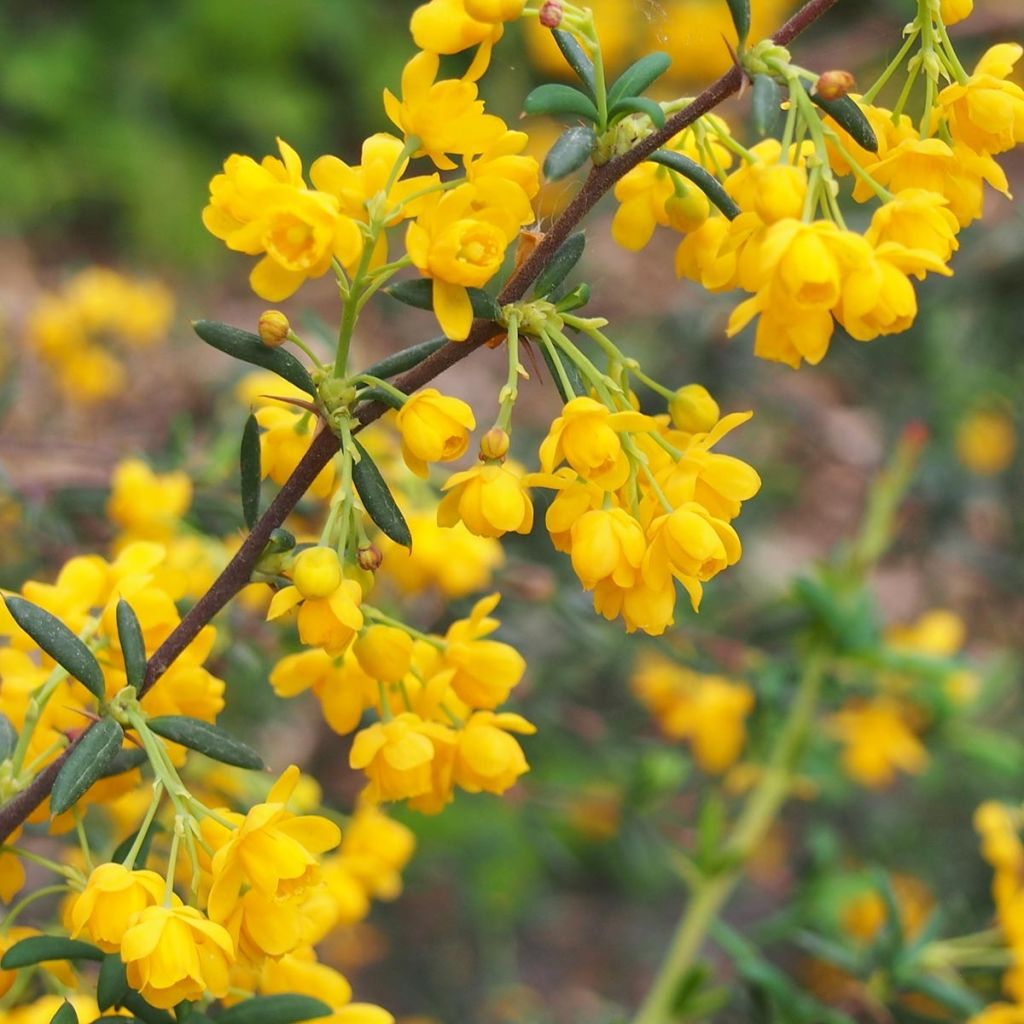

Berberis x stenophylla - Barberry
Berberis x stenophylla - Barberry
Berberis x stenophylla
Golden barberry, Narrow-leaved barberry
Planted last autumn, this young Berberis has taken well and has been flowering since March.
Hélène, 15/04/2022
Special offer!
Receive a €20 voucher for any order over €90 (excluding delivery costs, credit notes, and plastic-free options)!
1- Add your favorite plants to your cart.
2- Once you have reached €90, confirm your order (you can even choose the delivery date!).
3- As soon as your order is shipped, you will receive an email containing your voucher code, valid for 3 months (90 days).
Your voucher is unique and can only be used once, for any order with a minimum value of €20, excluding delivery costs.
Can be combined with other current offers, non-divisible and non-refundable.
Home or relay delivery (depending on size and destination)
Schedule delivery date,
and select date in basket
This plant carries a 24 months recovery warranty
More information
We guarantee the quality of our plants for a full growing cycle, and will replace at our expense any plant that fails to recover under normal climatic and planting conditions.

Would this plant suit my garden?
Set up your Plantfit profile →
Description
Berberis x stenophylla, or narrow-leaved barberry, is a recognised hybrid known for its vigour and ease of cultivation even in difficult soil. This hybrid develops a dense bushy habit with gracefully arching branches that bear small, narrow, evergreen leaves. The leaves are dark green and shiny on the upper side and glaucous on the lower side. From May to June, it produces charming short clusters of golden-yellow, fragrant flowers followed by small, blue-black, pruinose berries that adorn the bush until late autumn. These berries provide a substantial food source for birds, who already take advantage of its compact branching to build their nests. Hardy and resistant to salt spray and pollution, it is an ideal shrub for creating ecological defensive hedges that are beautiful throughout the year. Plant it in full sun or partial shade in well-drained soils, including limestone, clay, dry, or poor soils.
The narrow-leaved barberry is an ancient English hybrid dating back to 1860, resulting from the cross-breeding of Berberis darwinii and B. empetrifolia. Its two parents are shrubs from the Berberidaceae family, native to South America. This hybrid inherits their hardiness, resistance, and tolerance to poor soils.
Berberis x stenophylla has a bushy, dense, branching habit that spreads more in width, carried by round, slender, and arching branches that turn reddish-brown at maturity. The stems of this shrub bear thorns that are 3 mm to 7 mm (0.2 in to 0.3 in) long. Its growth rate is moderate, reaching an average height of 3 m (9.8 ft) and an average width of 4 m (13.1 ft). From May to June, depending on the climate, numerous short, pendant clusters of 4 cm to 10 cm (1.6 in to 3.9 in) develop on 1-year-old stems. The clusters have reddish peduncles and bear 2 to 6 small flowers. The bell-shaped flowers, 1 cm (0.4 in) long, are golden-yellow with a red wash. They are highly nectar-rich and are followed by small, fleshy, ovoid fruits that are pruinose and dark blue-black, measuring 7 mm (0.3 in) in length. The persistent foliage is another asset of this barberry. It consists of small, narrow leaves, 1.5 cm to 2.5 cm (0.6 in to 1 in) long, slightly incurved, leathery, dark green, and glaucous on the underside. They bear a terminal spine.
Berberis x stenophylla should be more commonly planted in our gardens. It can perfectly replace Pyracantha in a medium-sized defensive hedge, which should be pruned sparingly as its naturally dense and neat habit does not require excessive pruning. While its berries may be less spectacular than those of Pyracantha, it offers the advantage of maintaining modest dimensions and blooming twice, all while providing more elegant foliage. However, it is a shame to confine it to the role of an anonymous defensive hedge shrub; although it accomplishes its mission perfectly, its personality is somewhat hidden. It deserves to be highlighted alongside variegated foliage or in front of a screen of taller shrubs with colourful flowers: blue (Ceanothus 'Puget Blue'), pink, purple, or white (Abelia), red (Japanese quince), or even yellow to orange (Kerria japonica, Genista 'Lena Orange', Lonicera 'Dropmore Scarlett'). Some gardeners, with great originality, train it as a small single-trunk tree. This shrub can also be planted in large rockeries to cover slopes or be planted as a standalone specimen where its aesthetic appeal can be enjoyed all year round.
Did you know?
While the immature fruits are toxic due to a molecule called berberine, which degrades during fruit ripening, their very acidic taste is not appreciated, and they contain many seeds. In South America, the bark rich in tannins and the roots are used to treat dysentery. A yellow pigment is also extracted from the roots and used to dye textiles.
Berberis x stenophylla - Barberry in pictures
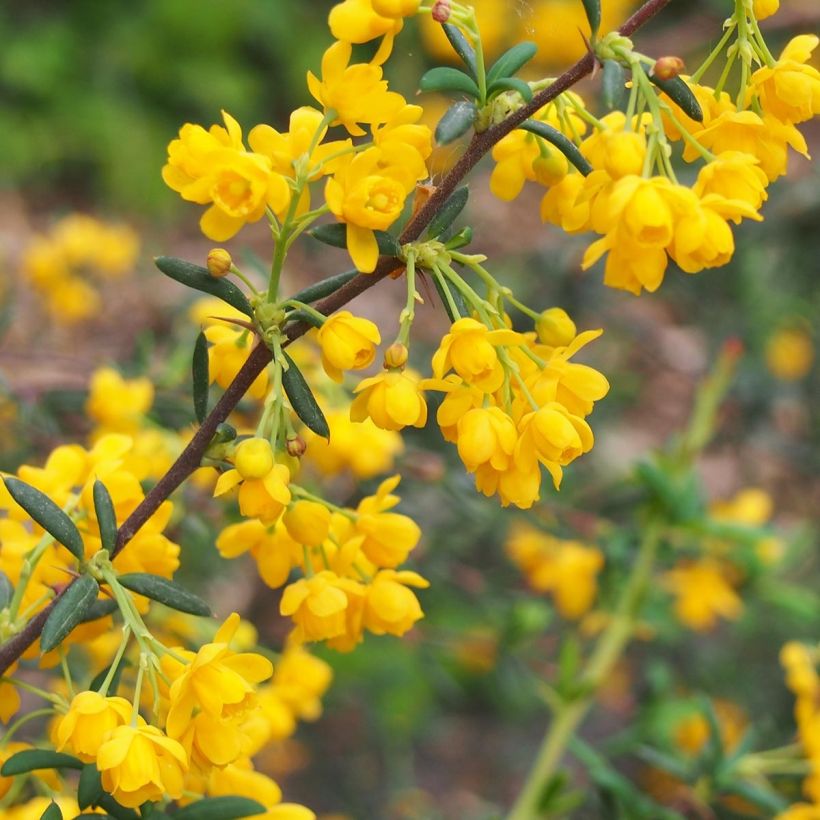

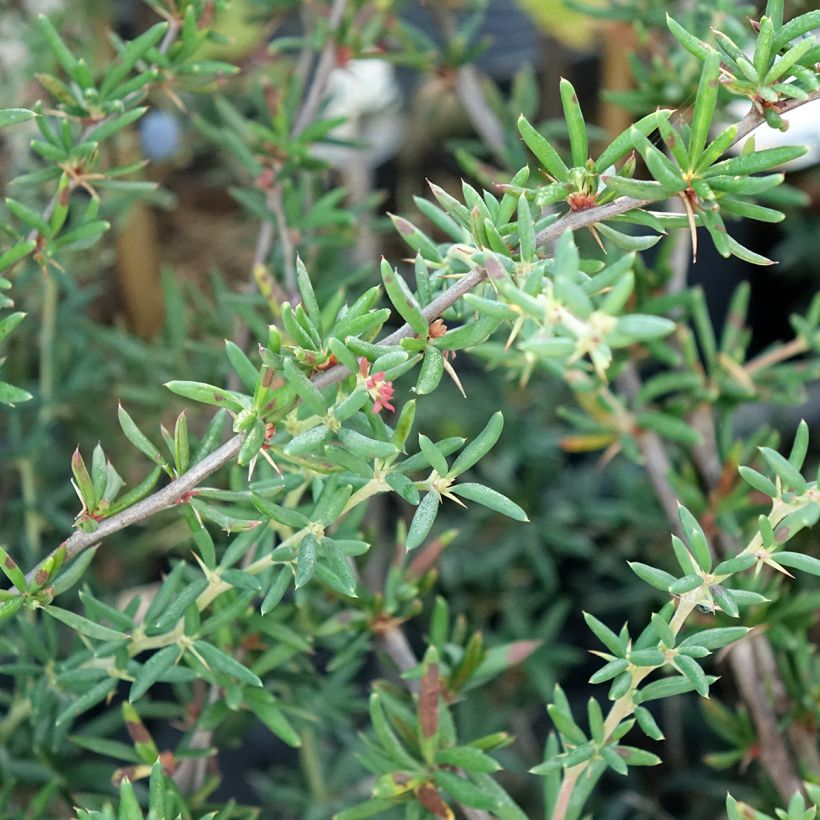

Plant habit
Flowering
Foliage
Botanical data
Berberis
x stenophylla
Berberidaceae
Golden barberry, Narrow-leaved barberry
Cultivar or hybrid
Planting and care
Berberis x stenophylla thrives in full sun or partial shade, but a bright exposure promotes good flowering and fruiting. It tolerates drought, spray, and harsh winters. Plant it in any type of soil as long as it is well-drained. When planting, the planting hole should be twice the size of the root ball. Space it about 80 cm (31.5 in) apart. Add compost and water well. It tolerates pruning very well. From June to August, after flowering, prune the faded branches at the level of the young lateral shoots to promote the arrival of new branches and remove misplaced branches. Be careful not to touch the branches with bare hands as they have thorns that are difficult to remove once they penetrate the skin. The narrow-leaved barberry can be susceptible to powdery mildew and rust. Aphids can also invade it.
Planting period
Intended location
Care
Planting & care advice
-
, onOrder confirmed
Reply from on Promesse de fleurs
Similar products
Haven't found what you were looking for?
Hardiness is the lowest winter temperature a plant can endure without suffering serious damage or even dying. However, hardiness is affected by location (a sheltered area, such as a patio), protection (winter cover) and soil type (hardiness is improved by well-drained soil).

Photo Sharing Terms & Conditions
In order to encourage gardeners to interact and share their experiences, Promesse de fleurs offers various media enabling content to be uploaded onto its Site - in particular via the ‘Photo sharing’ module.
The User agrees to refrain from:
- Posting any content that is illegal, prejudicial, insulting, racist, inciteful to hatred, revisionist, contrary to public decency, that infringes on privacy or on the privacy rights of third parties, in particular the publicity rights of persons and goods, intellectual property rights, or the right to privacy.
- Submitting content on behalf of a third party;
- Impersonate the identity of a third party and/or publish any personal information about a third party;
In general, the User undertakes to refrain from any unethical behaviour.
All Content (in particular text, comments, files, images, photos, videos, creative works, etc.), which may be subject to property or intellectual property rights, image or other private rights, shall remain the property of the User, subject to the limited rights granted by the terms of the licence granted by Promesse de fleurs as stated below. Users are at liberty to publish or not to publish such Content on the Site, notably via the ‘Photo Sharing’ facility, and accept that this Content shall be made public and freely accessible, notably on the Internet.
Users further acknowledge, undertake to have ,and guarantee that they hold all necessary rights and permissions to publish such material on the Site, in particular with regard to the legislation in force pertaining to any privacy, property, intellectual property, image, or contractual rights, or rights of any other nature. By publishing such Content on the Site, Users acknowledge accepting full liability as publishers of the Content within the meaning of the law, and grant Promesse de fleurs, free of charge, an inclusive, worldwide licence for the said Content for the entire duration of its publication, including all reproduction, representation, up/downloading, displaying, performing, transmission, and storage rights.
Users also grant permission for their name to be linked to the Content and accept that this link may not always be made available.
By engaging in posting material, Users consent to their Content becoming automatically accessible on the Internet, in particular on other sites and/or blogs and/or web pages of the Promesse de fleurs site, including in particular social pages and the Promesse de fleurs catalogue.
Users may secure the removal of entrusted content free of charge by issuing a simple request via our contact form.
The flowering period indicated on our website applies to countries and regions located in USDA zone 8 (France, the United Kingdom, Ireland, the Netherlands, etc.)
It will vary according to where you live:
- In zones 9 to 10 (Italy, Spain, Greece, etc.), flowering will occur about 2 to 4 weeks earlier.
- In zones 6 to 7 (Germany, Poland, Slovenia, and lower mountainous regions), flowering will be delayed by 2 to 3 weeks.
- In zone 5 (Central Europe, Scandinavia), blooming will be delayed by 3 to 5 weeks.
In temperate climates, pruning of spring-flowering shrubs (forsythia, spireas, etc.) should be done just after flowering.
Pruning of summer-flowering shrubs (Indian Lilac, Perovskia, etc.) can be done in winter or spring.
In cold regions as well as with frost-sensitive plants, avoid pruning too early when severe frosts may still occur.
The planting period indicated on our website applies to countries and regions located in USDA zone 8 (France, United Kingdom, Ireland, Netherlands).
It will vary according to where you live:
- In Mediterranean zones (Marseille, Madrid, Milan, etc.), autumn and winter are the best planting periods.
- In continental zones (Strasbourg, Munich, Vienna, etc.), delay planting by 2 to 3 weeks in spring and bring it forward by 2 to 4 weeks in autumn.
- In mountainous regions (the Alps, Pyrenees, Carpathians, etc.), it is best to plant in late spring (May-June) or late summer (August-September).
The harvesting period indicated on our website applies to countries and regions in USDA zone 8 (France, England, Ireland, the Netherlands).
In colder areas (Scandinavia, Poland, Austria...) fruit and vegetable harvests are likely to be delayed by 3-4 weeks.
In warmer areas (Italy, Spain, Greece, etc.), harvesting will probably take place earlier, depending on weather conditions.
The sowing periods indicated on our website apply to countries and regions within USDA Zone 8 (France, UK, Ireland, Netherlands).
In colder areas (Scandinavia, Poland, Austria...), delay any outdoor sowing by 3-4 weeks, or sow under glass.
In warmer climes (Italy, Spain, Greece, etc.), bring outdoor sowing forward by a few weeks.






























